I love animals, cats especially. And I love literature that centres around their lives, whether told from the perspective of the humans around them (like Gerald Durrell, James Herriot and Doris Lessing) or their own (like The Jungle Book).
So I had very high hopes of The Wildings and The Hundred Names of Darkness. These books tell the story of a little orphan orange kitten, Mara, who is a ‘Sender’ – a telepathic cat who can transmit messages to other cats across vast distances – but who, unlike other sender cats, is a house cat as opposed to a free ‘wilding’. Mara’s transformation, from a shy, insecure kitten who is scared of the outside world, so dangerous as it seems to her from the safety of her ‘Bigfeet’s’ (humans) home, to a grown cat who has come to terms with her legacy, is touching.
Author: Nilanjana Roy
Publisher: Rupa Publications
Year: 2013
ISBN: 9789382277774
Rating: 




Read book reviews from other readers
However, I had higher hopes for these books than that they would be merely ‘touching’. So high were my hopes for this book, perhaps, that I was bound to be disappointed.
Don’t get me wrong. The Hundred Names of Darkness, like its predecessor, is well-written and fluid. Mara the orange kitten (now cat) is as endearing as ever, as is her ragamuffin of a friend, Southpaw. The animal world now includes Doginder the lovable stray, Hatch the cheel and an assortment of other lovely animals with personalities, quirks, social niceties and challenges of their own.
But.
If ever there is a book where the sum of the parts is greater than the whole, this is it. The basic premise is that of cats, with other intelligent and engaging animals as their friends, acquaintances or enemies, and the way their lives unfold in a human world. But this world never appealed to me as much as, say, the Harry Potter universe. In both these works, the respective authors have created a universe for their characters, but Roy’ universe lacks the charm and detail it should have had (and I’m sure, does have, in the author’s mind. Was too much editing the villain here?). There were times when the story seemed designed for children; conversations between members seemed like something from a children’s book; then suddenly there would be a reference to an ‘adult’ topic, a determination to not make the story a children’s fable; but the jumps were too abrupt. They left me confused.
These disappointments aside, however, the book has several good points. Foremost of all are the illustrations by Prabha Mallya. The cats she has drawn are so beautiful, so sinuous, so graceful – so cat-like! I thought they’d jump off the page, stretch, yawn and settle down on my lap. The language is rich and descriptions of the animals in action, simply breathtaking. (Though I found Hatch’s language a little too ‘American teenage brat’ for my liking.) My favourite character was Kooky the koel, who keeps trying to hatch golf balls. Also, the feminist in me applauds the egalitarian animal society which gives so many leadership opportunities to females. *Big smile on face*
All in all, if you liked The Wildings, you’ll like this book too. Many other reviews, such as this one and this one, have praised this book highly. As for me, I actually preferred Mara’s real story, as well as other kitty tales, here on her blog.
Mugdha Wagle
Latest posts by Mugdha Wagle (see all)
- Book Review: Living With Tigers by Valmik Thapar - January 3, 2017
- ADORABLE Christmas Trees Inspired by Books – A Treat for Booklovers! - December 23, 2016
- 9 Stunningly beautiful books from 2016 – the best book covers this year - December 22, 2016
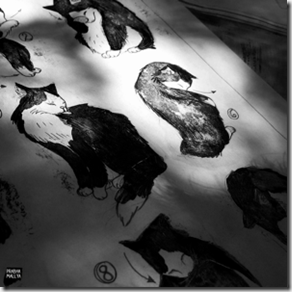
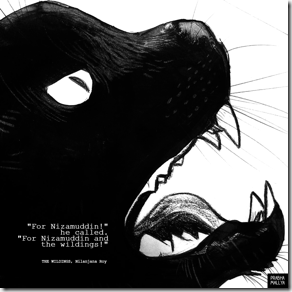
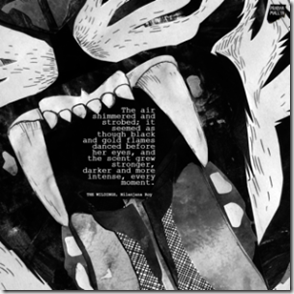
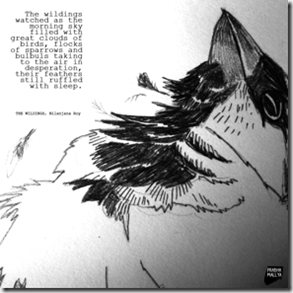
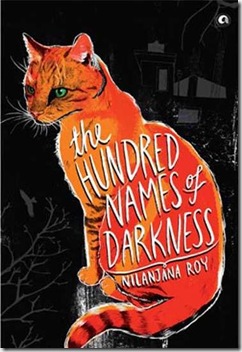
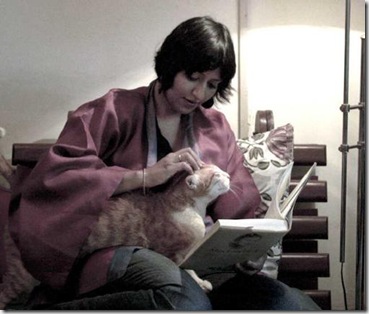
No Comments